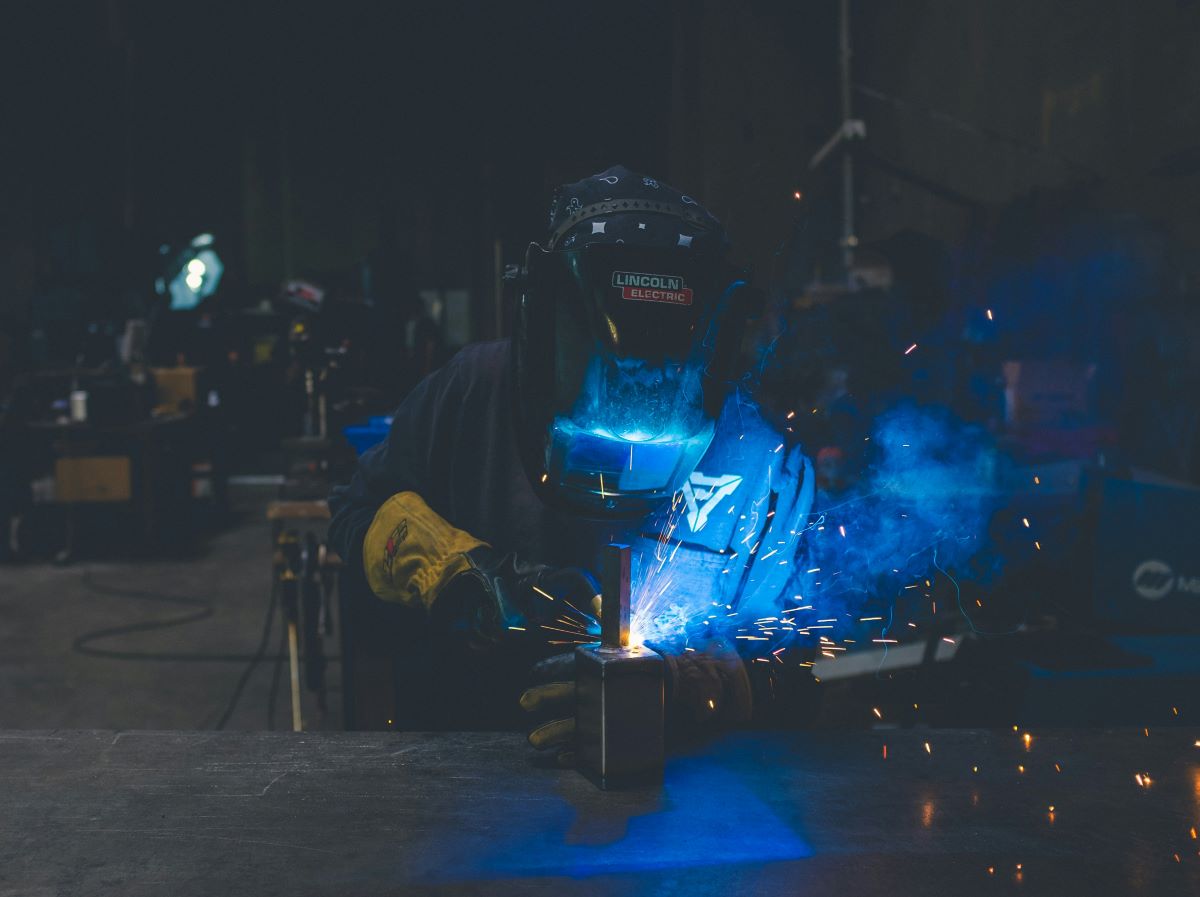Welding, an indispensable process in manufacturing and construction, plays a significant role in global CO2 emissions due to its energy-intensive nature and reliance on consumables. As industries increasingly prioritize sustainability, minimizing CO2 emissions from welding operations has become a critical objective. This article explores various strategies, technologies, and best practices aimed at reducing CO2 emissions associated with welding processes, highlighting their environmental benefits and practical implementation.
Pochopení dopadu svařování na životní prostředí
- CO2 Emissions Sources:
- Welding processes contribute to CO2 emissions primarily through energy consumption for powering welding machines and heating materials.
- Additional emissions stem from the production and transportation of welding consumables such as electrodes, gases, and filler materials.
- Environmental Challenges:
- High energy demand: Welding operations require significant electricity or fuel, especially in industries with continuous or high-volume production.
- Material consumption: Efficient use of welding consumables and minimizing waste are essential to reduce embodied carbon in welding operations.
Strategies to Reduce CO2 Emissions
- Energetická účinnost:
- Invest in energy-efficient welding machines that optimize power usage and reduce overall energy consumption.
- Utilize advanced welding processes such as pulsed MIG (GMAW-P) or modified short-circuit transfer (MIG-CMT) that consume less energy while maintaining productivity.
- Material Optimization:
- Choose welding consumables wisely based on material compatibility and efficiency.
- Optimize welding parameters to reduce consumable waste, improving material utilization and minimizing CO2 emissions from production and transportation.
- Gas Management:
- Opt for shielding gases that minimize greenhouse gas emissions. Use gases like argon or mixtures with a higher proportion of argon, which have lower global warming potentials compared to alternatives like CO2 or helium.
- Implement gas recycling systems to capture and reuse shielding gases, reducing both costs and environmental impact.
- Optimalizace procesů:
- Implement lean manufacturing principles to streamline welding operations, minimizing idle time and optimizing workflow efficiency.
- Train welders in efficient techniques to reduce rework and scrap, which contribute to both cost savings and environmental benefits.
- Technological Innovations:
- Explore and adopt emerging technologies such as laser welding, friction stir welding, and electron beam welding, which offer potential reductions in energy consumption and CO2 emissions.
- Robotics and automation can improve welding precision, reduce material waste, and optimize energy use through consistent process control.
Případové studie a příklady
- Automobilový průmysl:
- Case study on automotive manufacturers adopting advanced welding technologies to reduce CO2 emissions per vehicle produced.
- Implementation of lightweight materials and innovative welding processes contributing to sustainability goals.
- Construction Sector:
- Example of construction companies incorporating prefabrication and modular construction techniques to minimize on-site welding and associated emissions.
- Use of sustainable building materials and efficient welding practices to achieve LEED or BREEAM certification standards.
Závěr
Minimizing CO2 emissions from welding operations requires a multifaceted approach encompassing technology adoption, process optimization, and material efficiency. By implementing energy-efficient equipment, optimizing welding processes, and embracing technological innovations, industries can significantly reduce their carbon footprint while maintaining high standards of productivity and quality. Collaborative efforts across sectors, supported by research and development in eco-friendly welding technologies, are essential to achieving long-term environmental sustainability goals in welding operations worldwide.

